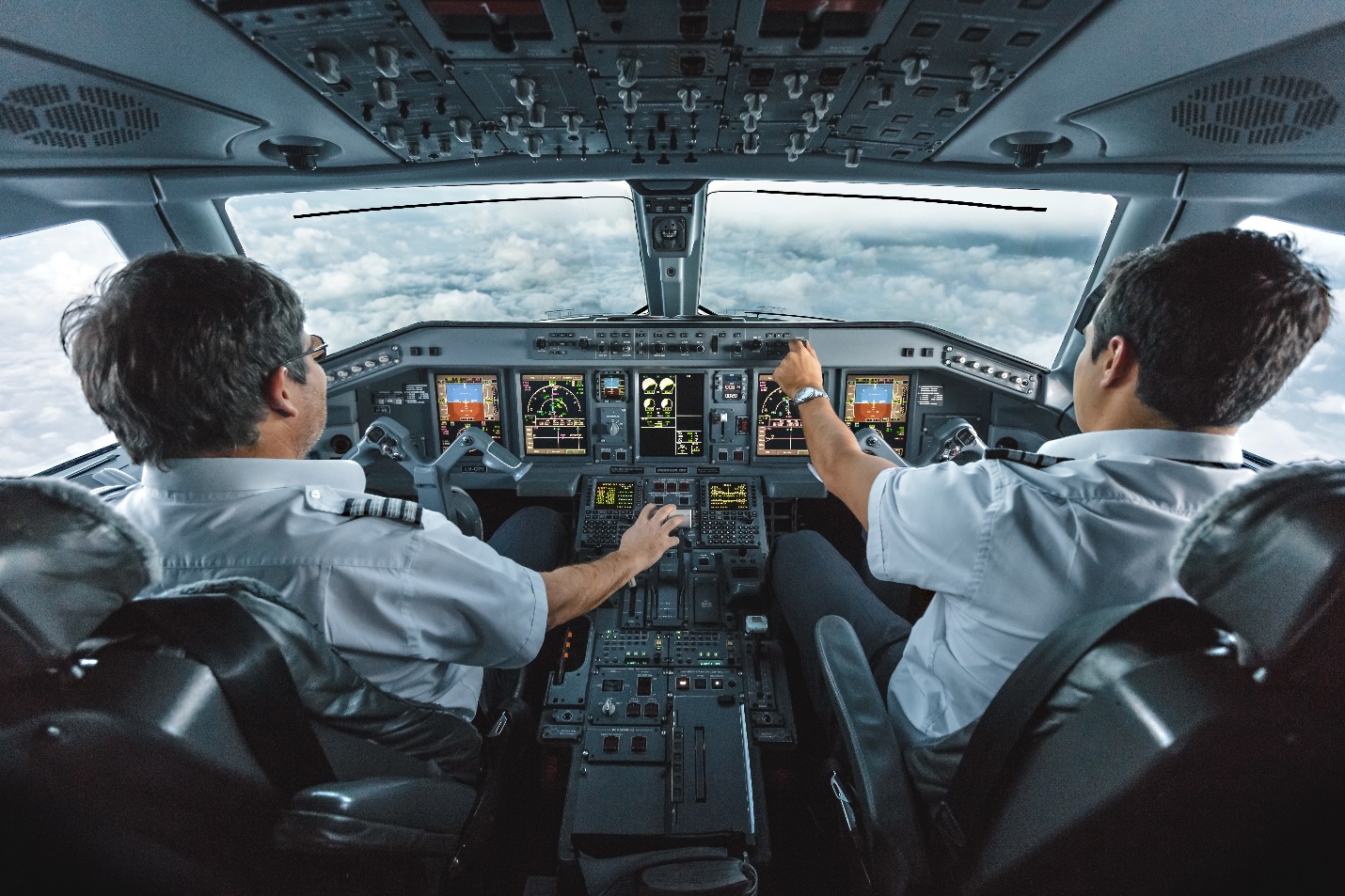The history of aviation extends for more than two thousand years, and Duncan John MacDonald explains that 2014 marked the 100-year anniversary of the first scheduled commercial air passenger flight across Tampa Bay in Florida. We have come a long way from the beginning of aviation, and this has allowed for dozens of opportunities for student pilots to enter the world of aviation. To go over the six types of pilots, we spoke to commercial pilot Duncan John MacDonald. Duncan has had a passion for planes his whole life and when it became time to choose a career, it was a no-brainer. As an aviation specialist, Duncan John MacDonald is passionate about sparking the flame of aviation in others.
In the world of aviation, not all pilot licenses are created equal. As a student pilot, you might be surprised to learn that there are six different types of pilot certifications, and they are differentiated by their use. A student pilot is defined as an individual who is learning to fly under a flight instructor; however, is permitted to fly alone under limited circumstances.
Sport Pilot
Duncan John MacDonald out of Dallas, Texas explains that a sport pilot license is the easiest and least restrictive certificate that a student can obtain, and for this reason is usually the first certificate you will receive on your quest to becoming a pilot. This designation is meant for pilots who wish to fly in light aircrafts only, and at low altitudes in their local area. It is important to note that sports pilots can only fly one passenger during the day and below 10,000 feet, and are prohibited from flying in Class B, C, or D airspace. Sport pilot certificates can be earned in one of multiple categories: Airplane, powered parachute, glider, rotorcraft and light-than-air. Duncan John MacDonald explains that the primary advantage to a sport pilot certificate is that it only requires 20 hours of logged training time, and most applicants are not required to obtain an FAA medical certificate.
Recreational Pilot
This license has fewer restrictions than a sport pilot, but still cannot fly more than 50 nautical miles or fly at night. When the sports license was introduced, the recreational pilot license has become a much less common choice for pilots. However, Duncan John MacDonald explained that it can be a good option for pilots who want to fly heavier aircrafts than those used for sport training, but who don’t necessarily want to move on to more advanced training. The recreational pilot license requires at least 30 hours of logged time, including 15 hours of dual instruction. This uncommon pilot license brings us to the next license, which is the most common pilot certificate: the private pilot license (PPL).
Private Pilot
As one of the most common licenses issued by the FAA, you must log a minimum of 35 hours of varied flight time, pass the written tests, pass the FAA check-ride, and hold a valid driver’s license. This certification allows individuals to fly most single-engine airplanes, although some additional instrument rating tests may be required for advanced aircrafts. With a PPL, you will be authorized to fly alone or with other people, but it is important to note that you are not allowed to receive any compensation for flying or taking people on flights. However, you are able to fly at night and are allowed to fly into restricted airports.
Commercial Pilot
If you are looking to be compensated for your flying time, Duncan John MacDonald suggests getting a commercial pilot certificate. Although there are separate regulations for scheduled flights, commercial pilots must also abide by any additional federal aviation regulations pertaining to commercial flying operations. In order to receive your commercial pilots licence, you must be at least 18 years of age, speak and understand English proficiently, pass all of your exams, and log a minimum of 250 hours of varied flight time. Becoming a commercial pilot means learning how to fly complex aircrafts, which have retractable landing gear, flaps, and a controllable-pitch propeller. Duncan John MacDonald also explains that commercial flight training demands more precision and knowledge about professional flight operations.
Flight Instructor
For many, the next step is becoming a flight instructor. While some pilots may bypass the flight instructor certificate, there are many people who choose to instruct as a way to build experience while getting paid to fly. Duncan John MacDonald explains that this will authorize you to be able to endorse students who are taking the IR training to take their FAA oral and practical exams. This certification allows pilots to not only deepen and share their knowledge of flight with others, it also provides them with the necessary experience to move on to an airline.
Transport Pilot
Last but not least is the airline transport pilot. This is easily the most advanced certification one can obtain, and it is necessary for those who want to fly commercial airlines for a living. To earn your commercial airline transport pilot license, you will need to meet the following FAA ATP requirements: must be 23 years old, have a valid driver’s license, pass all exams and tests, pass the flight exams, log more than 1,500 hours of flight time in the United States in various weather conditions and different aircrafts, pass the IR courses and ground school courses, pass all medical and eye exams, and be of sound body and mind.
Whether you are thinking about becoming a pilot for small local flights or for a commercial airline, it is important to know all of the options available to you before you embark on your journey. Training times for all of the above vary among individuals and flight schools, however, Duncan John MacDonald explains that you may be able to complete all of your training within less than a year.




